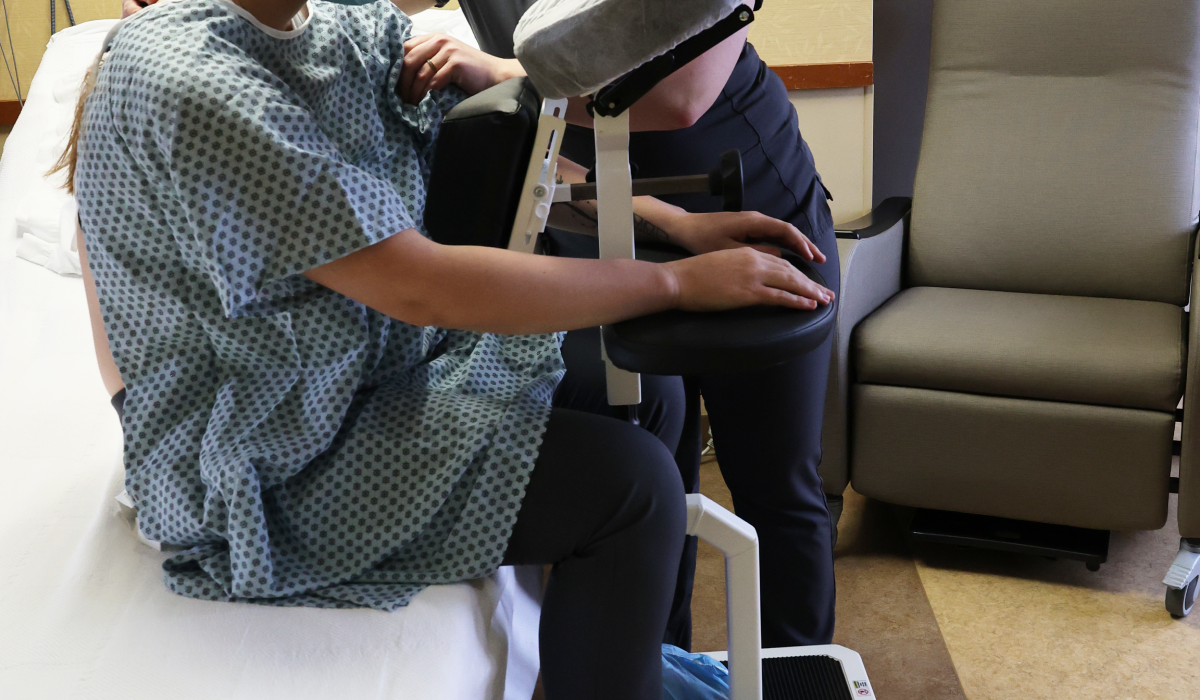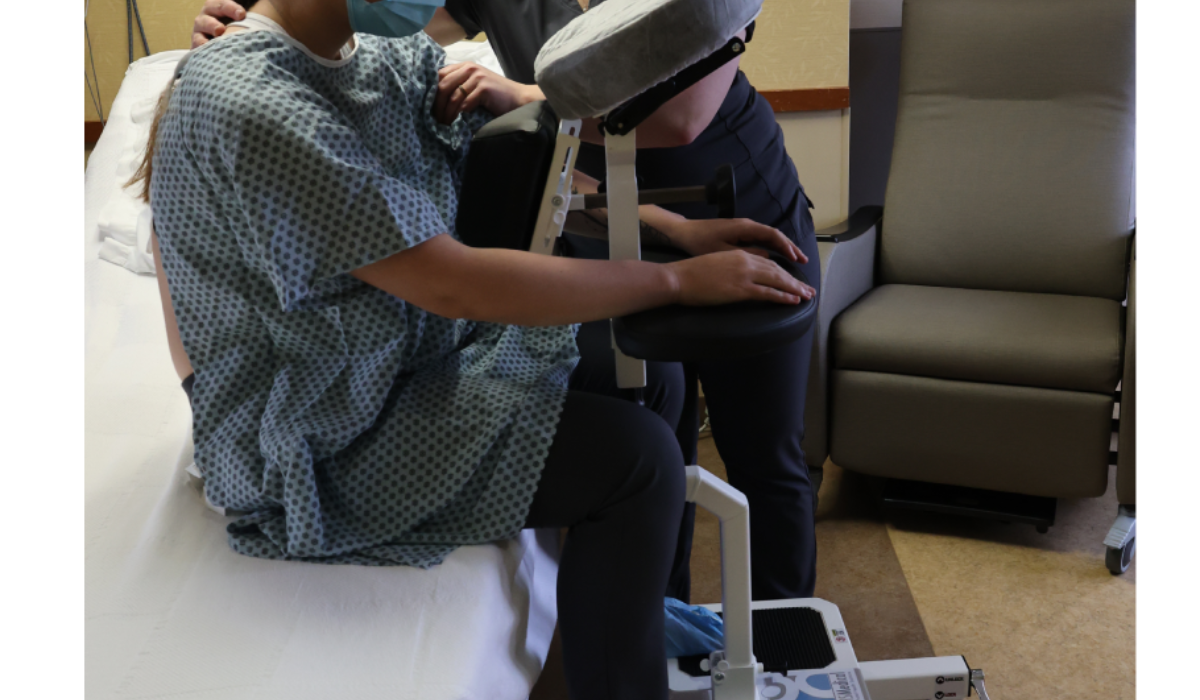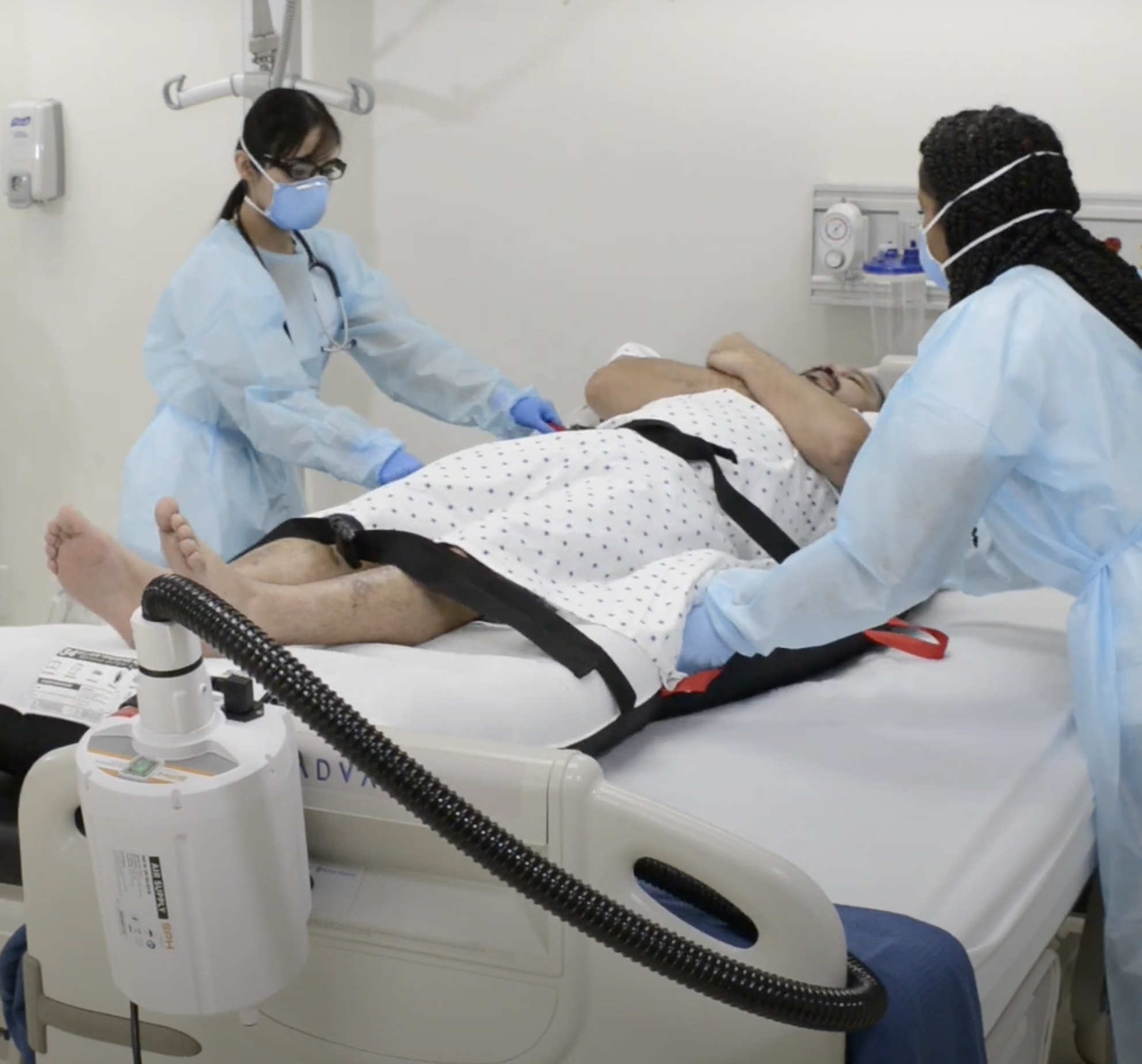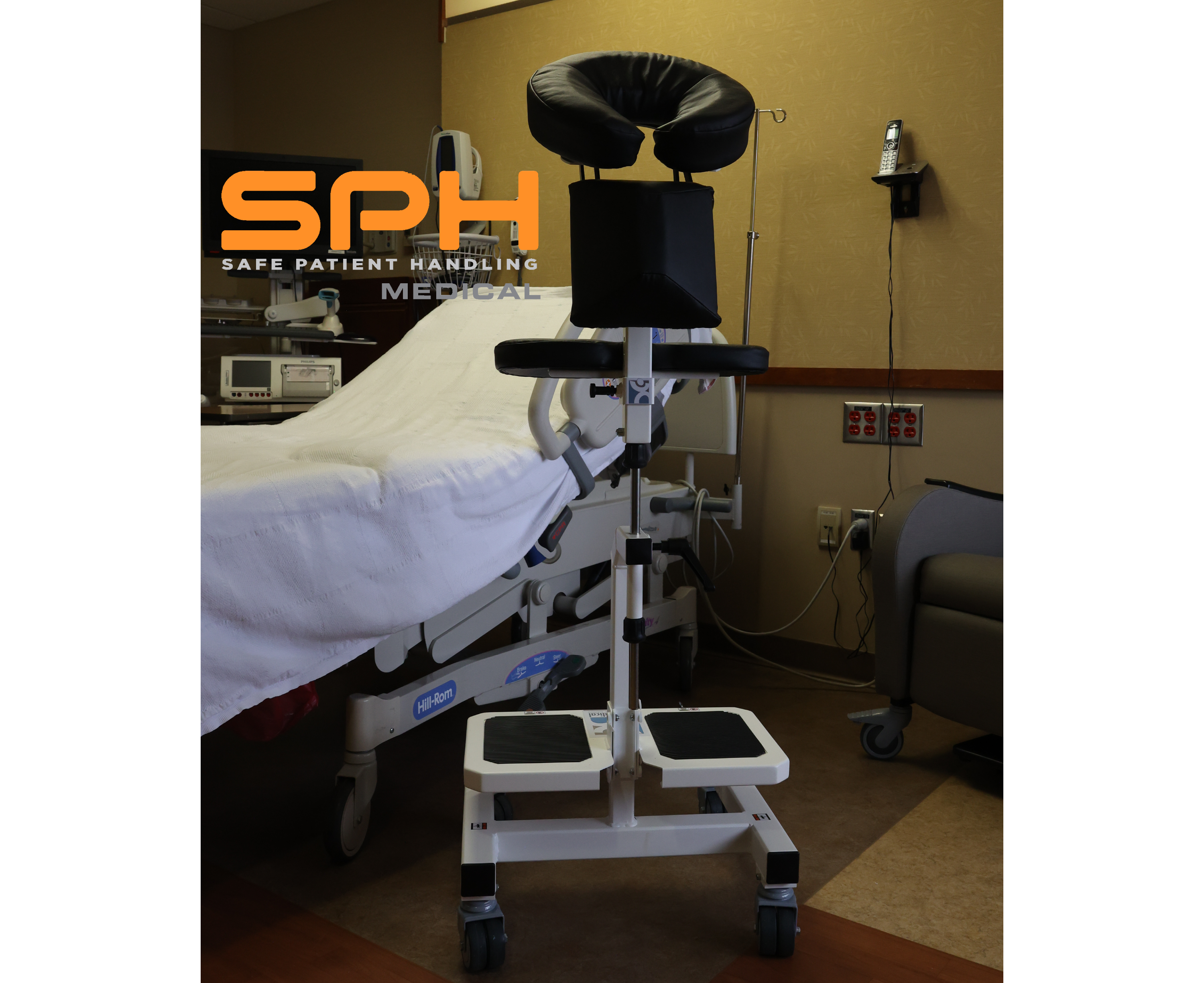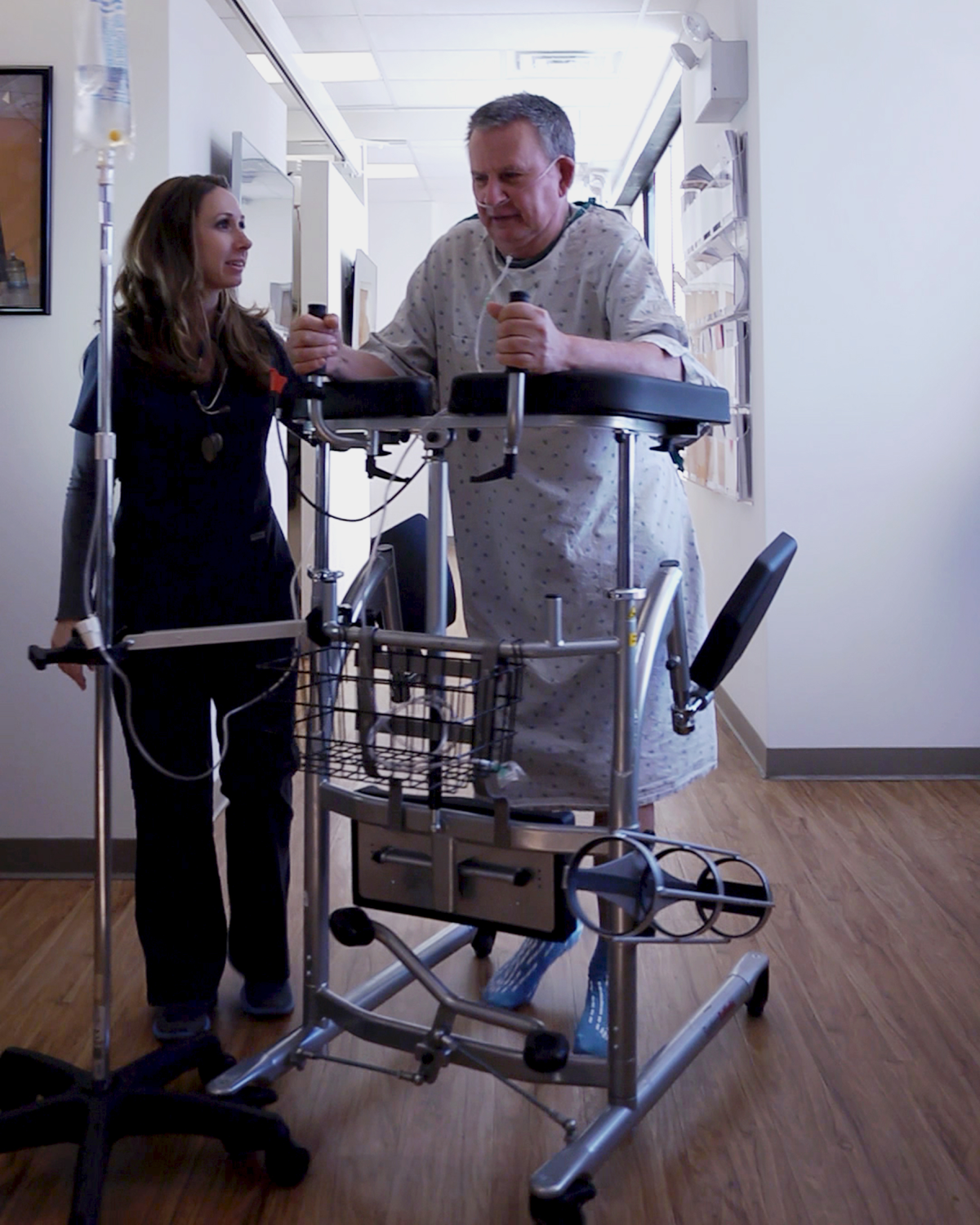In the fast-paced world of healthcare, ensuring the safety and efficiency of patient handling is paramount. The Epidural Positioning Device (EPD) stands out as a revolutionary tool designed to enhance both patient and staff safety while optimizing workflow in various hospital departments. This article delves into the significant benefits of Epidural Position Device, particularly within labor and delivery for epidurals, the surgery department for spinal blocks, and the imaging department for thoracentesis.
Enhancing Safety for Mothers and Medical Staff
The labor and delivery unit is a critical environment where precision and safety are non-negotiable. The EPD ensures proper positioning of expectant mothers during epidural administration, which is crucial for effective pain management. By maintaining a stable and optimal position, the EPD significantly reduces the risk of injury both to the mother and the nursing staff. According to recent studies, the use of EPDs has led to a significant reduction in musculoskeletal injuries among nurses.
Improving Efficiency and The Benefits of Epidural Positioning Device
Efficiency in labor and delivery can directly influence maternal and neonatal outcomes. The EPD streamlines the process of administering epidurals, allowing anesthesiologists to perform their tasks more quickly and accurately. This not only enhances the mother’s comfort but also frees up medical staff to attend to other critical tasks. A recent case study in a national hospital system demonstrated a measurable increase in the efficiency of epidural placements when using the Epidural Chair by SPH Medical.
Ensuring Optimal Patient Positioning
In the surgery department, the precision of spinal block procedures is vital for successful anesthesia. The EPD plays a pivotal role in ensuring that patients are positioned correctly, minimizing movement and thereby reducing the risk of complications. This level of precision is essential for the safety and effectiveness of spinal anesthesia.
Boosting Surgical Efficiency
Some of the benefits of Epidural Positioning Device are the ability to facilitate accurate and swift spinal block procedures translates to significant improvements in surgical workflow. Anesthesiologists can perform spinal blocks more efficiently, reducing preparation time and enhancing overall surgical throughput. Data from surgical departments across the country reveal an increase in total knee procedures using spinal blocks and peri-operative surgical staff are in dire need of the EPD to improve efficiency and throughput.
Benefits of Epidural Positioning Device
Thoracentesis, a procedure to remove fluid from the pleural space, requires precise patient positioning to ensure safety and efficacy. Today most imaging departments are having the patient sit at the side of the bed or gurney and then asked to lean over an unstable bedside table and a stack of pillows. This unstable patient positioning puts both the patient and ultrasound technician at risk of injury. The EPD provides the necessary support to maintain correct posture, significantly reducing patient discomfort and procedural risks. By stabilizing the patient, the EPD helps healthcare providers perform thoracentesis with greater accuracy and confidence. Patient satisfaction scores have dramatically increased when the EPD is used for Thoracentesis procedures.
Streamlining Imaging Workflows
Efficiency in the imaging department is critical to patient care and department operations. The benefits of Epidural Positioning Device contribution to reducing procedure times cannot be overstated. By facilitating quicker and safer thoracentesis, the EPD helps to streamline workflows, allowing more patients to be treated promptly. Studies have shown that the use of EPDs in imaging departments can lead to a 15% increase in procedural efficiency4.
The Epidural Positioning Device (EPD) is an indispensable tool in modern healthcare settings, offering unparalleled benefits in terms of safety, efficiency, and workflow optimization. From labor and delivery to surgery and imaging departments, the EPD enhances patient care and protects healthcare workers from injury. As hospitals continue to strive for excellence, adopting advanced patient positioning technology like the EPD is a crucial step forward.
In conclusion, investing in the EPD not only safeguards patients and staff but also propels healthcare facilities towards a future of improved care and operational excellence.
Healthcare providers and hospital administrators are encouraged to consider the integration of EPDs into their standard practices. By doing so, they can significantly improve patient outcomes, enhance staff safety, and contribute to the overall efficiency of their medical facilities.

